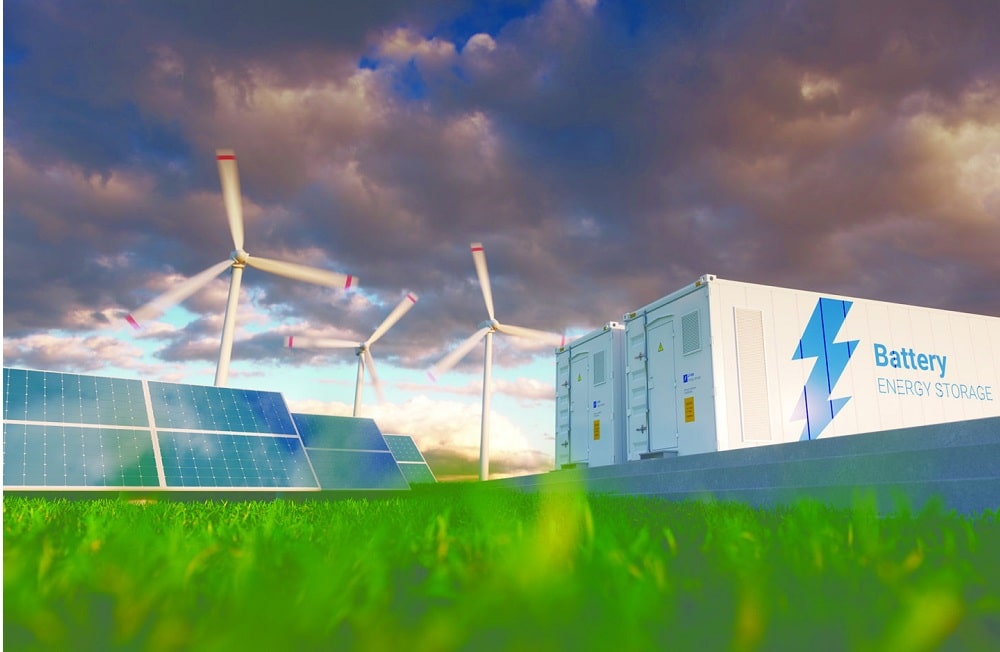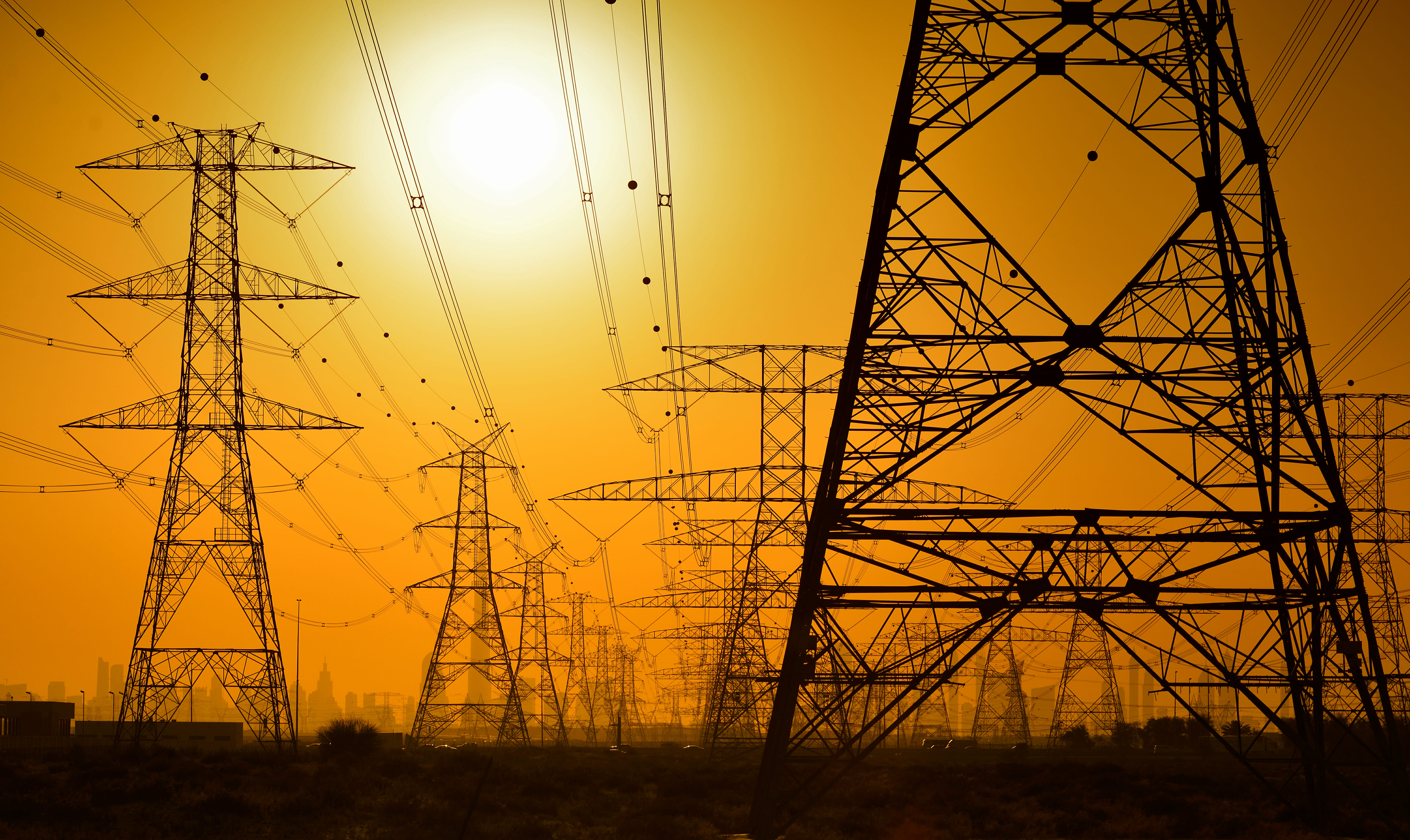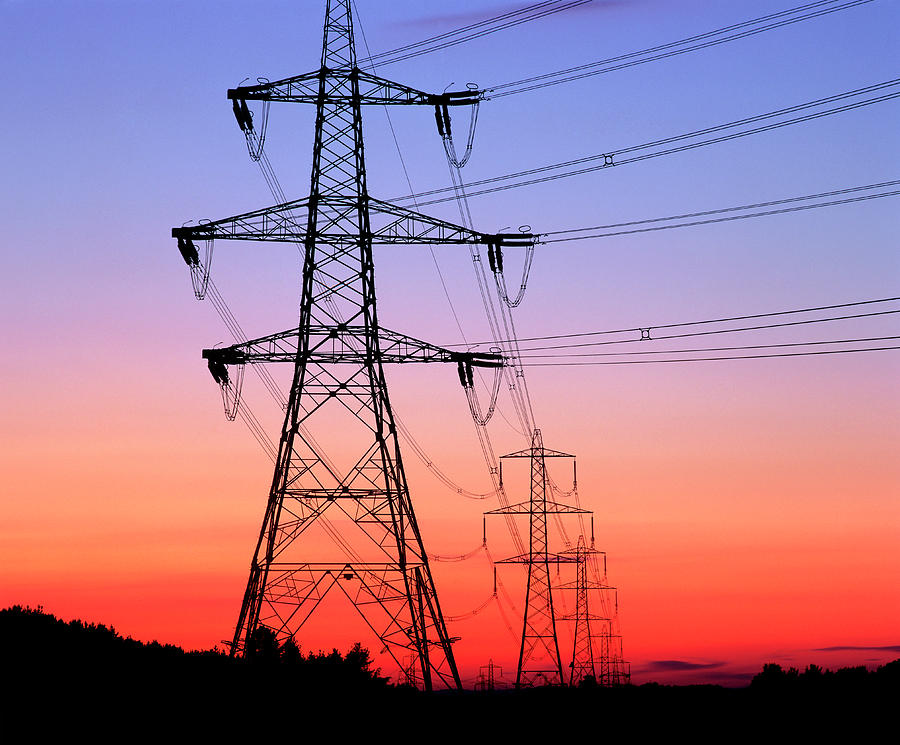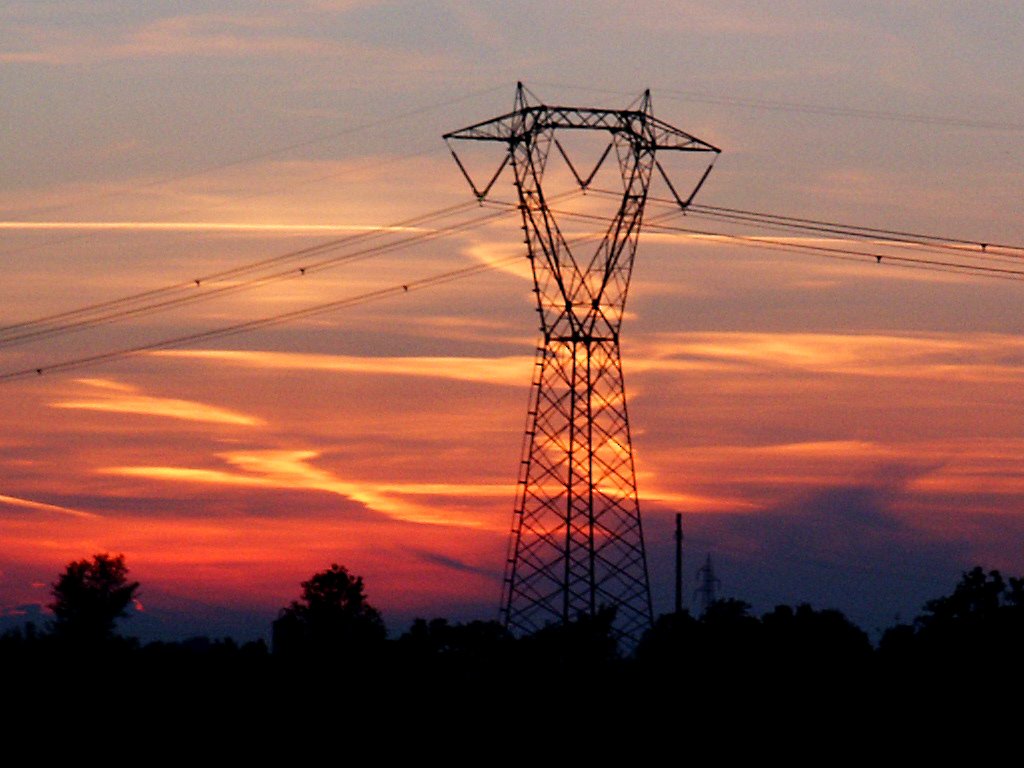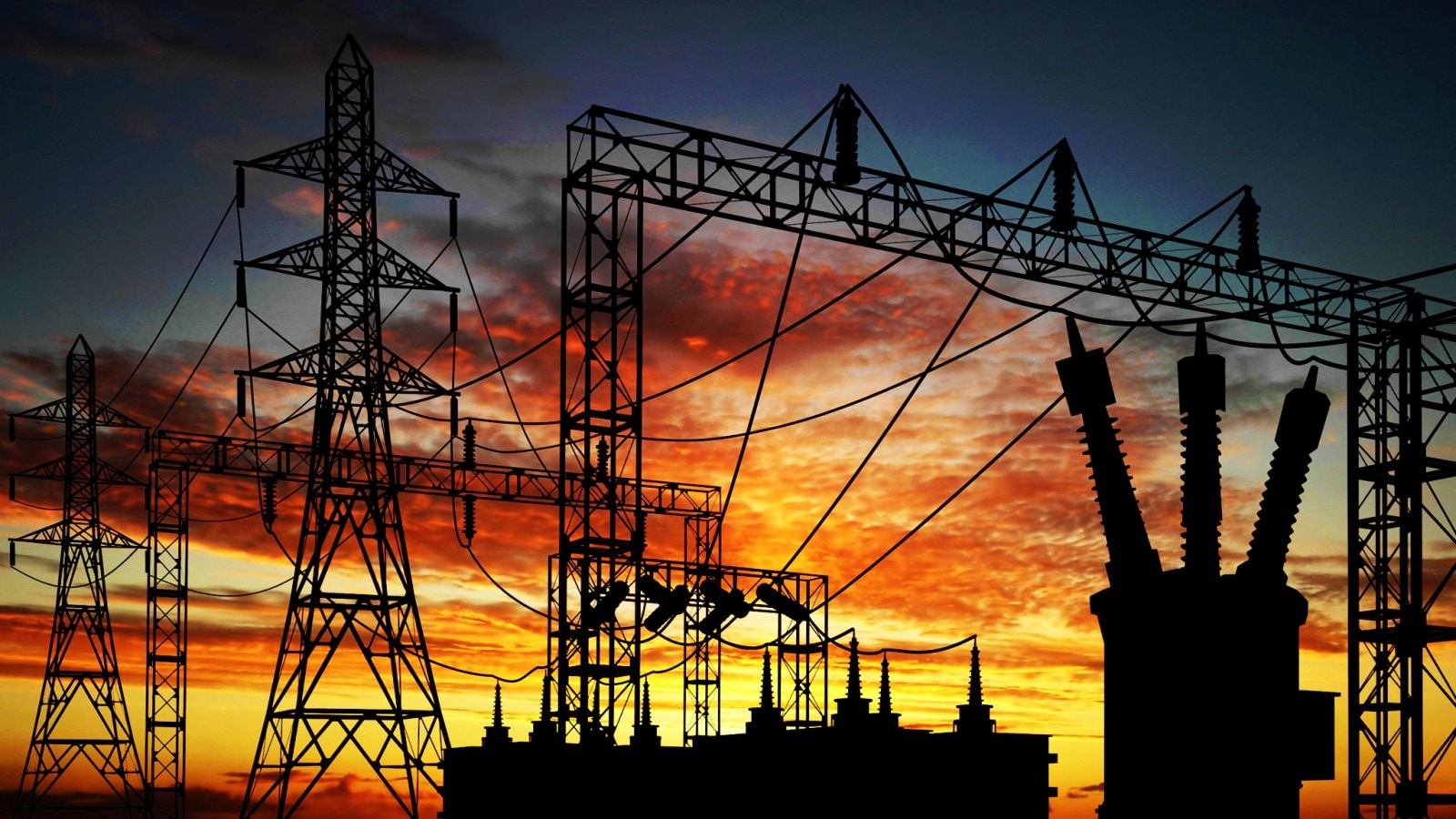By FY 2030, India aims to have 500 GW of renewable energy power generation capacity. This might call for battery storage with a capacity of 27 GW or 108 GWH, which is anticipated to be installed by FY 2030. The government power transmission company, PGCIL, intends to establish energy storage projects.
Premium Content Access
This content is available exclusively to our paid subscribers. Please login to enjoy full access. If you’re interested in subscribing to access our premium content, please contact us at support@omnicoreplus.com.

